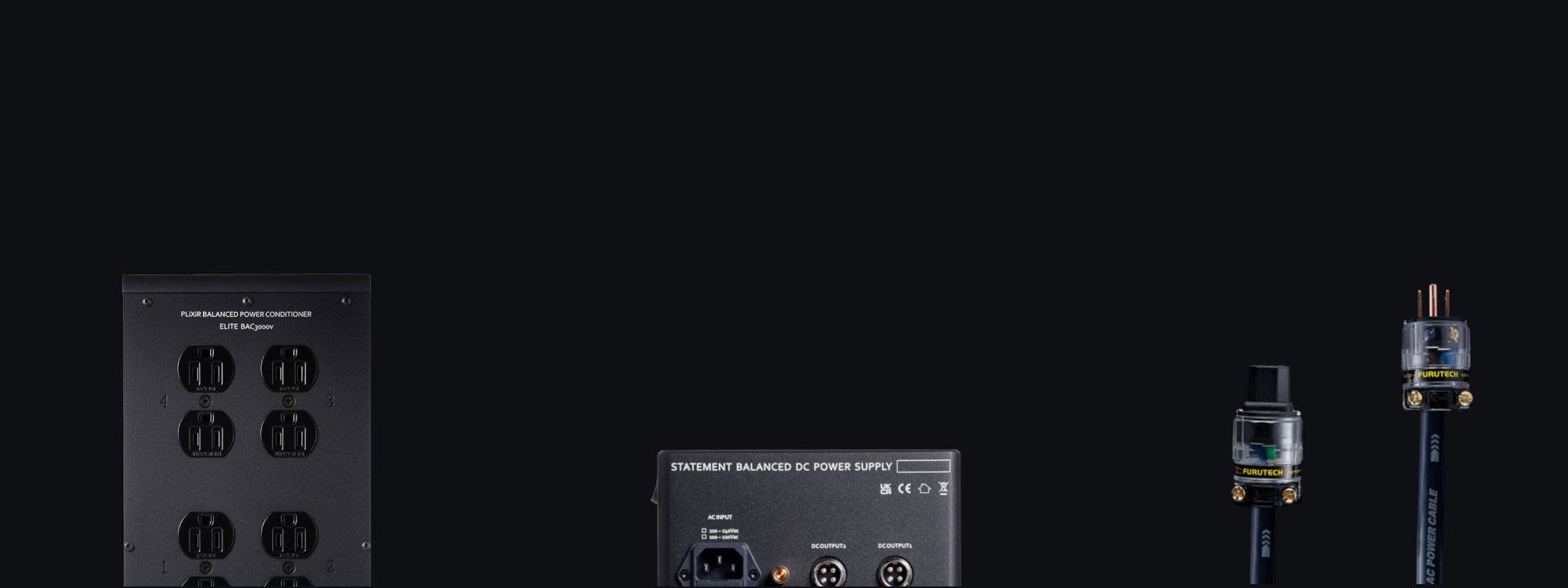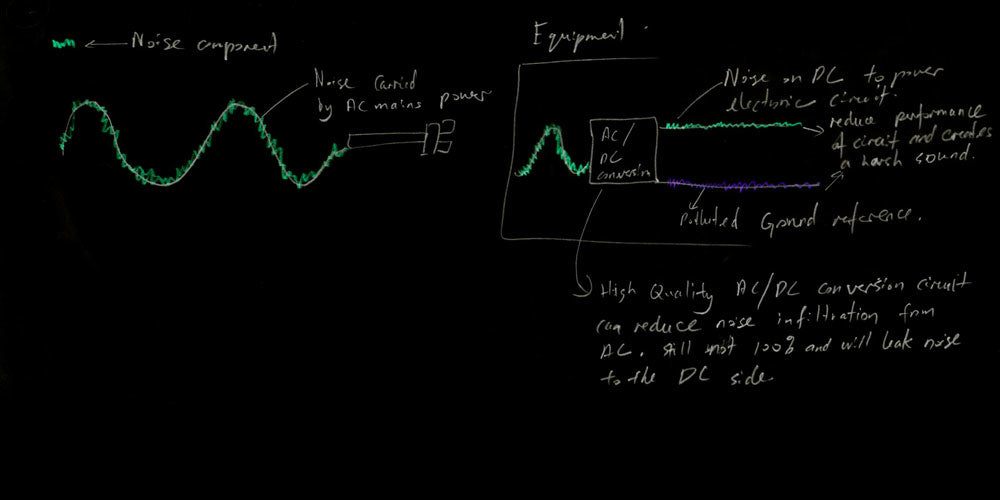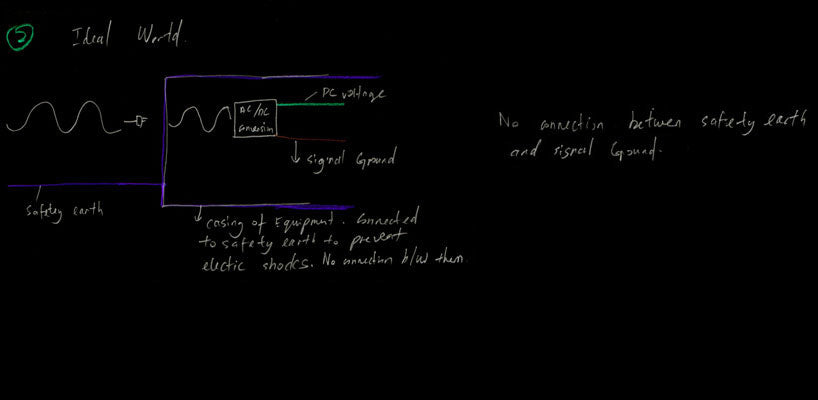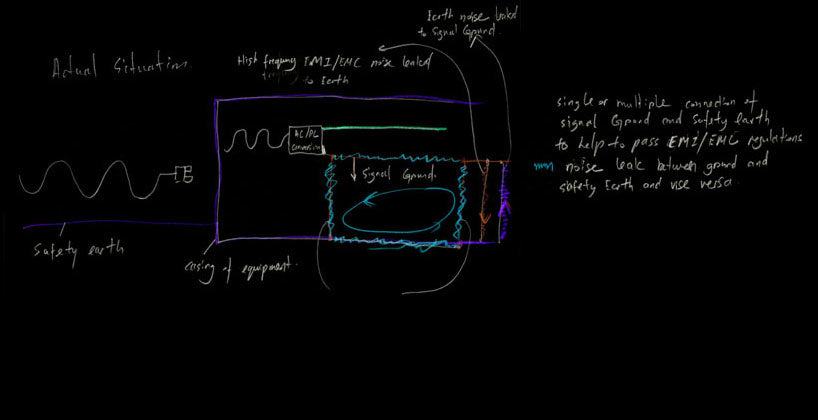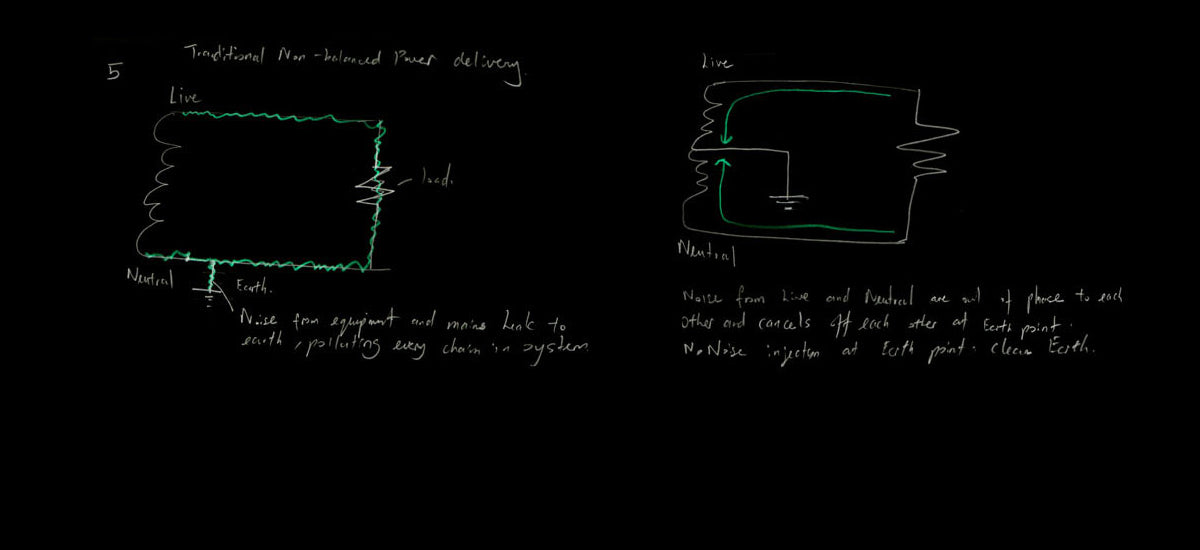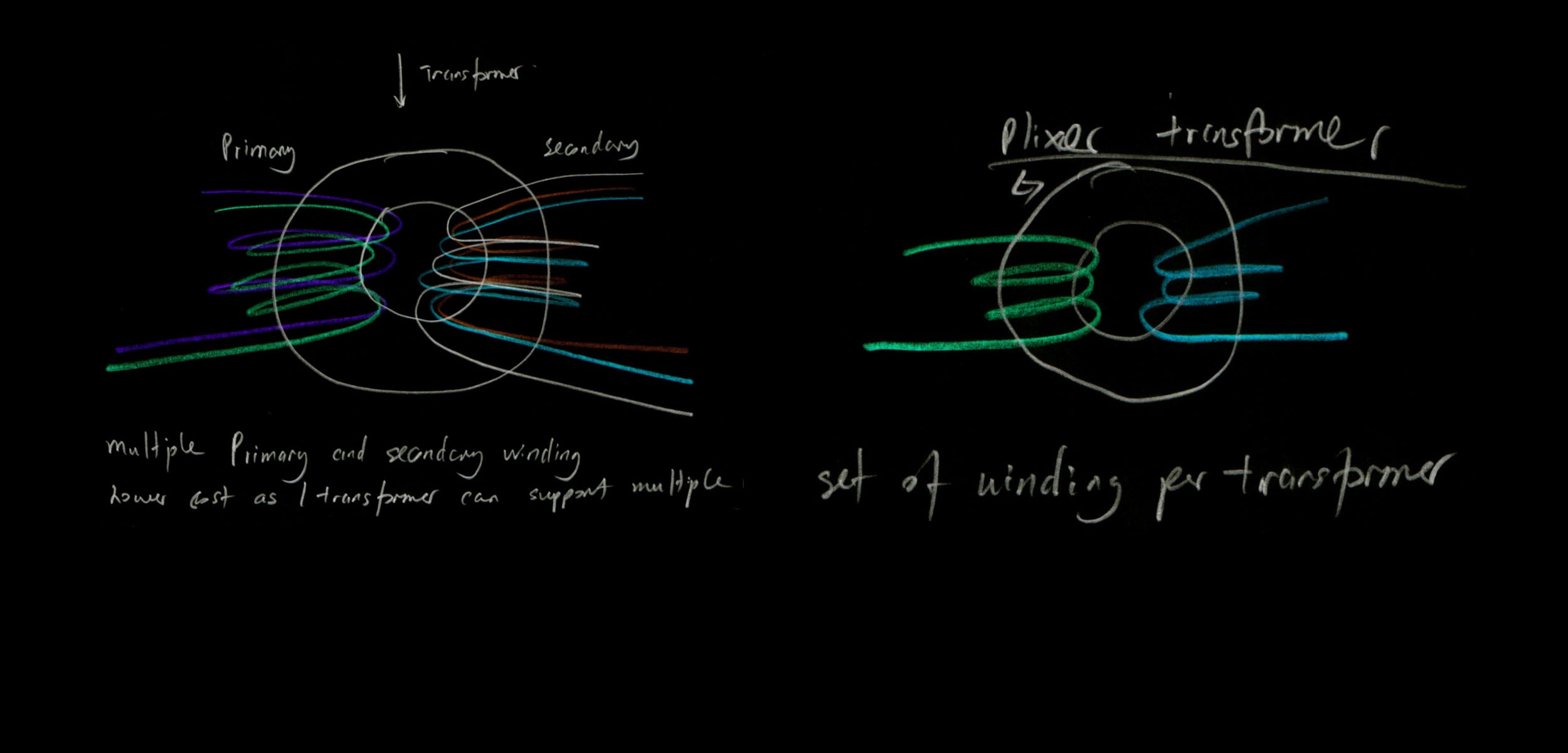PROBLEM
First, some theory...
Power conditioning and system grounding profoundly affect sound reproduction, yet they are poorly understood.
What we hear from our hifi system is the conversion of energy from the AC mains to the DC power supply of our equipment, which it then draws upon to amplify the music signal.
Ideal World
Under ideal conditions, AC power drawn from the mains supply is a smooth, sinusoidal wave. Following this, the "perfect" AC/DC converter in your equipment will output flat DC voltages.
Actual Situation
In reality, AC mains are noisy, and this noise will leak into the DC power supply and subsequently, into the audio signal that you hear. In conventional electronic circuit design, steps are taken to reduce this noise, but it remains insidious and will find its way into your system.
System Grounding
This is often confused with the safety earth, which is different and is meant to protect you from electric shocks in case of equipment failure.
System grounding, instead, provides the zero reference voltage level for all signal and power voltage in the hifi system.
Ideal World
For the best sound, the two are electrically separated, with the signal ground generated from the AC/DC converter, and the equipment casing connected to safety earth. This is because noise levels in the Earth will directly affect the system's ground reference voltage.
Actual Situation
However, in the real world, for cost and/or expediency reasons, for example to pass EMI/EMC regulations, the safety earth and signal ground are electrically connected. This causes earth noise to leak into signal ground and high frequency EMI/EMC noise to leak into Earth.

In this way, noise levels in the Earth are mashed together in a complex web in a modern day hifi system, creating noise loops that affect the sound quality of the system in a big way.
This is why grounding and earthing products are becoming more and more important.
SOLUTION
PLiXiR Balanced AC Power Conditioners
Because power and grounding have such a profound influence on sound, we are determined to solve the issues of power delivery and grounding of the equipment in a natural and organic manner in accordance with our PureTone philosophy.
Our range of PLiXiR Balanced AC power conditioners provide fundamental grounding solution to your system while naturally lowering down the system noise floor to allow even more harmonics to come forth, without sacrificing dynamics. Most importantly, the tonal structure will be intact and improved, not shifted.
Balanced Transformer Design
Our solution employs a balanced transformer design to solve all these power issues naturally and elegantly.
Mains AC noise is reduced by the isolating nature of the transformer, enhanced by the balanced design, which increases the common mode noise rejection. At the same time, the balanced design elegantly places its output's live and neutral voltage at equal and opposite potential to the earth. Thus, the earth now becomes a true null point and equipment powered with it will contribute very little leakage current and noise to the Earth, from their power supply sources.
And as we mentioned earlier, safety Earth and system ground are now inter-related, this also means less system ground pollution from the power supply side. Thus the balanced winding nature of the transformer is the key.
Power Delivery
In traditional non-balanced power delivery, noise from equipment and mains leak to earth, polluting every chain in the system.
In Plixir Balanced delivery, noise from live and neutral are out of phase to each other and cancels off at the Earth point.
Transformer
It is not easy to wind a truly balanced power transformer however. At PLiXiR, we are happy to work with Noratel, the premier audio transformer manufacturer. Besides being truly bifilar and balanced in design across all our range and models, Noratel's transformers also have special, unique design features which enhances noise rejection and also current delivery into load to gain better dynamics and transient attack.
We spec our design to only have one set of winding per transformer. We do not cater for multi-voltages (for example, cater for 120Vac USA model and 230Vac HK model) in one transformer. Often this method is used to save cost, so that one can use a single model for all variants and thus enjoys better economy of scale. However, this way of design unnecessarily complicates the transformer and introduces noise to the system. Our spec thus is performance first.


